Violet "Summer twilight": description of the variety and cultivation
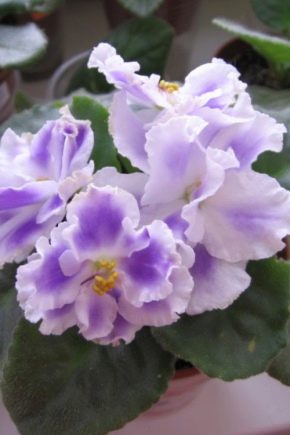
Saintpaulias, popularly called violets, are very popular indoor flowers. They are unpretentious, attractive, represented by a rich variety of species. "Summer Twilight" is an excellent variety that pleases with abundant flowering and an amazing combination of colors. However, in order for many inflorescences to form on the bush, it is necessary to properly care for the plant.
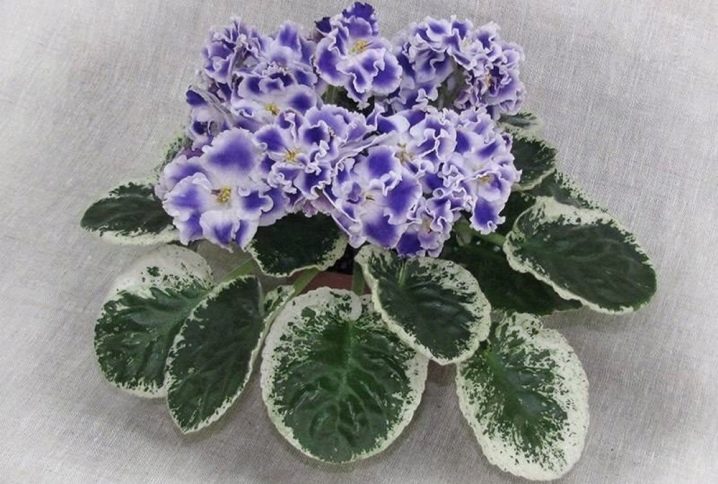
Peculiarities
Violet "Summer Twilight" was bred by the breeder K. Morev. The plant has green leaves that form into neat small rosettes. They have a slightly concave shape, an interesting patterned structure. The main distinguishing feature of the plant in the description of the variety is the white border, which extends to the leaf itself and the "teeth".
The flowers are like stars. Their diameter reaches six centimeters. They can be double or semi-double. The colors are very beautiful: the center, painted in a blue-violet hue, stands out against a white background. The edges of the petals are wavy, visually reminiscent of velvet. The flowers are voluminous, very fluffy. They grow on thick but short peduncles. Sometimes, under the weight of several flowers, the stems can lean forward. The variety is distinguished by abundant and long flowering, for which plant breeders fell in love.
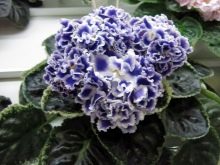
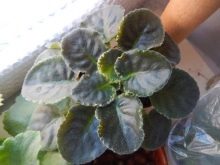
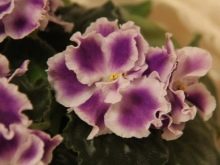
Conditions of detention
Saintpaulia does not require special care, even beginners can cope with the cultivation of the variety. Violet tolerates heat well, but feels better in a cool room. The bush will grow well on a window or rack, but it is best to protect the foliage from direct sunlight, as burns may appear. A great place is in the middle of the room, where there is a lot of diffused light.
When growing violets on the windowsill, you need to take into account some of the nuances. In the early morning and evening, direct sunlight is not harmful to the flower, so you can safely put the bush on the eastern or western windowsill. However, light curtains must be present on the south windows: this is the easiest way to diffuse light. Otherwise, the plant should be placed further from the glass during the day and brought closer to it in the evening. In winter, the sun is no longer so active, so the violet can be in its rays as much as necessary without harm to health.
Nordic windows provide good conditions during the hot summer months, but not in winter, as they are much colder during this period and do not provide enough daylight to keep the plant in shape. Any decrease in light intensity will be noticed by the violet. In this case, the color palette of the flower will become less vivid.
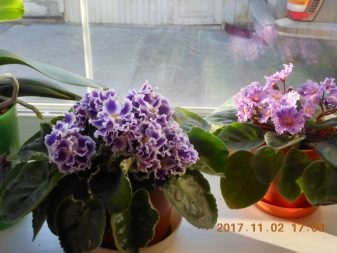
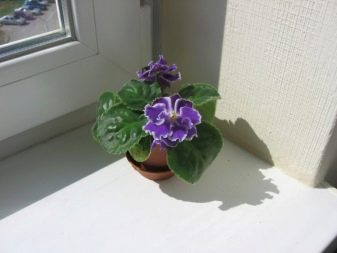
You can additionally use fluorescent lighting, thanks to which violets are able to bloom all year round. The best source is a fluorescent lamp emitting light as close to natural as possible. Yellow and green waves are reflected by the leaves, while red and blue waves are absorbed by them and used in photosynthesis and other processes.
The best way to use fluorescent lighting for violets is in dark corners of the room. In this case, the leaves and flowers should be far enough from the bulb (up to 15 cm). For optimal flower growth, the lighting is switched on for a period of 12 to 14 hours per day (maximum 16). Violets grown under artificial light should have a minimum of 8 hours of complete darkness.
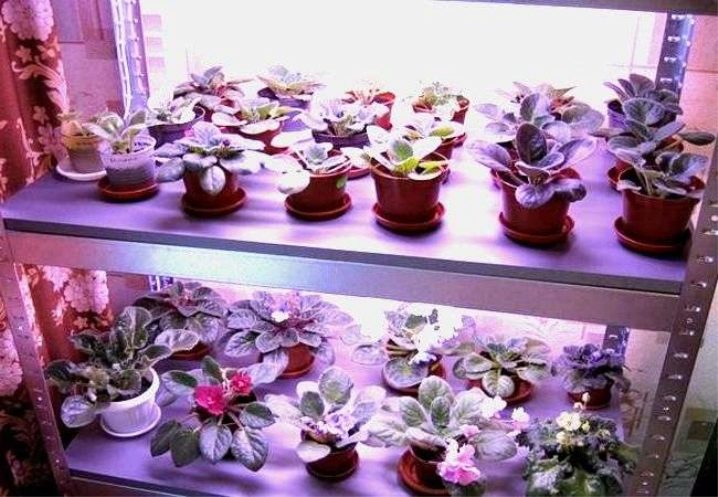
Transfer
The violet grows quickly, so it becomes cramped in the old pot.The transplant procedure is repeated every year, preferably with a complete soil replacement. An important fact that a novice grower needs to remember is that the pH of the soil composition should be from 6.7 to 7.0. Excessive acidity and alkalinity have a detrimental effect on the root system of the plant.
Fresh compost with the required pH level cannot always be found, therefore, a small amount of dolomite lime is often used to remedy the situation.which contains magnesium carbonate, not calcium. Ordinary garden lime contains a lot of calcium, so it cannot be used, otherwise the root will simply burn out. Overly alkaline compost can be corrected by watering the plant with a solution of one teaspoon (5 ml) of distilled white vinegar mixed with one gallon (4.5 liters) of water. Also, granular sulfur additives are used to correct alkalinity.
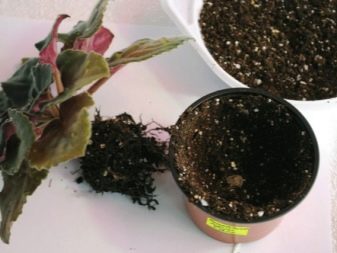

Ready mixes are usually based on peat or peat substitutes. They are very popular with breeders. However, many professionals choose to prepare their own mix using the ingredients listed below.
- Peat. It is best to use sphagnum moss as it is lightweight and ideal for germination. However, it does not have the necessary amount of nutrients, so you will need to regularly feed the plant.
- Coira. A peat substitute made from coconut fiber and used with varying success in the cultivation of violets. Usually pH neutral (7.0), but it is best to check before use. Like peat, it does not contain any nutrients and therefore requires frequent fertilization of the soil.
- Bark. For violets, it is used in compost mixtures with other components. Better to take conifers.
- Loam. It is better not to use it too often, as with such a soil, the root system will be thin. Normal loam has a pH of 7.5 and above, so it needs to be treated before use.
- Vermiculite. A mica mineral that helps retain water in the soil. It is worth taking only horticultural types of vermiculite, since others contain substances harmful to the plant.
- Perlite. A white volcanic stone that has excellent water retention properties. It is recommended to wet it before use.
- Sand. The most useful type is the river one, since it does not store water. Used to increase drainage. Sand from the beach should not be taken, it always contains salts and other harmful substances.
- Coal. It is allowed to include it in a small amount of homemade compost mixture.
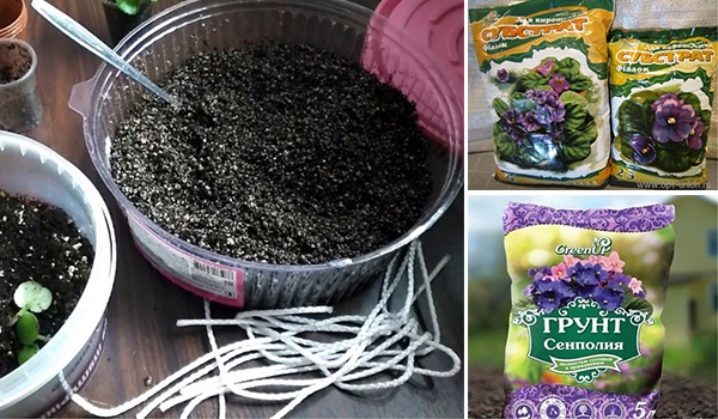
The compost used must always be sterilized. This process helps to eliminate harmful organisms, insects, weed seeds, which also carry diseases. You can heat damp soil in a closed tray in an oven at 85-90 ° C for 30-45 minutes. It is then stored in a closed container until used. Do not expose the compost to a temperature of 100 ° C, this will kill all the nutrients.
A good violet mixture contains one part sphagnum moss or peat substitute and one part vermiculite with perlite. Such soil does not have nutrients, therefore, fertilizer is applied before planting. There is another recipe: take one part of peat, river sand and fertilizer.
Loam compost can also be used for pots. It should consist of one part of loam, two parts of sphagnum moss and peat, one part of vermiculite or perlite. Top dressing should not be applied immediately, but only after a month.

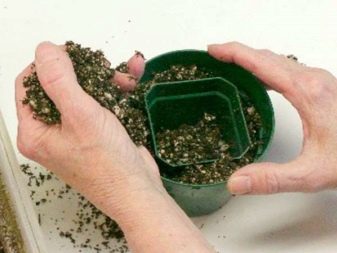
When it comes to pots, earthenware and plastic are equally good, but the latter are lighter, are not afraid of falling, and cost less. Size is very important for violets. The capacity should not be too large, since in this case the root system grows intensively, which slows down the flowering process.
It is better if there are no more than two centimeters from the roots to the walls.Violets do not develop long roots, so smaller containers can be used.
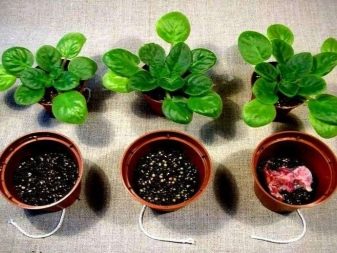
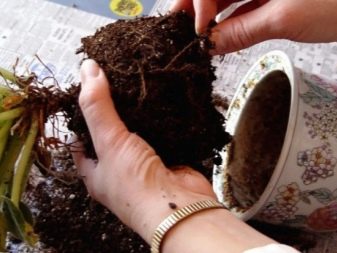
Care
Temperature control is required in summer. Violets suffer from excessive heat exposure. So when it gets too hot, it's worth turning on the fan. In winter, the plant should not remain on the windowsill with the curtains drawn, because, even if there are double-glazed windows on the window, this does not save from cold glass.
As for watering, violets do not like too wet soil. If the compost is waterlogged, then the root system begins to rot. If the soil is too dry, it cannot perform its functions, which leads to the lethargy of the plant. To understand when a plant should be watered, you can use your finger to submerge it in the soil. If it is still wet by a centimeter, then you can wait, if dry, it's time to add moisture.
The water is poured onto the compost without touching the leaves. It is enough to completely moisten the soil and let the water drain through the drainage holes. Any liquid that gets on the leaves and is left there, in bright light or drafts, will cause brown spots.
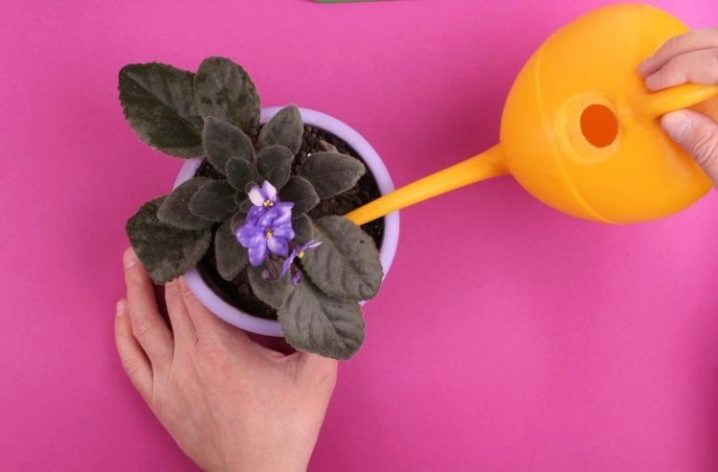
If drops accidentally fall on the plant, they must be removed with a soft cloth.
There is another method - water is poured into a saucer in which the plant is placed. After 20 minutes, the remaining liquid is drained off. This method is suitable for window growing of violets, however, it is recommended to periodically water the plant from above to flush out harmful salts that collect on the surface of the compost.
Another important factor is humidity. This parameter should be between 50 and 70%, but not lower than 40%, otherwise the flowers will be small and rare, the buds will turn brown and fall off.
You can put an automatic humidifier or use a spray bottle.

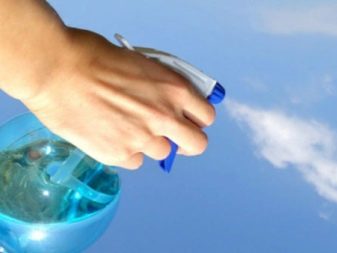
Sometimes the need to feed a houseplant is overlooked. It should be understood that each nutrient is responsible for important processes.
- Nitrogen. Has a significant effect on foliage growth, helps to produce green chlorophyll. Lack of nitrogen leads to yellowing of leaves, lack of flowering. An excess of the element leads to abundant growth of leaves to the detriment of flowers.
- Phosphorus. Promotes good flowering, strong stems and roots.
- Potassium. Helps the root system absorb other nutrients, makes the violet resistant to disease and low temperatures.
- Other trace elements. Must also be present in very small amounts. These include iron, magnesium, manganese, boron, copper, zinc, and vitamins. All of them help to make the plant strong and healthy.
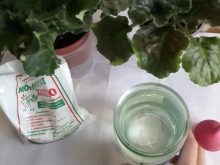
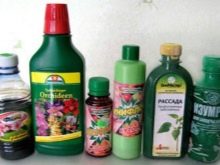

Reproduction
There are several ways to breed violets:
- sheet;
- baby;
- peduncle.
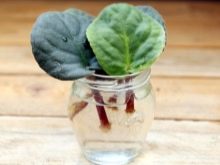
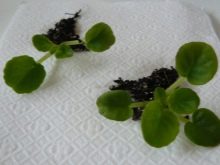
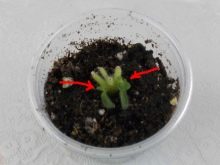
Children are deposited in a separate pot when 4-5 leaves appear. The shoot is carefully separated with a small scoop along with the soil and simply transplanted.
To propagate the plant with leaves, adult shoots are cut off. Then they are placed in water with the addition of a growth promoter. After the appearance of the root system, you can transfer the new flower to the ground.
Peduncle propagation is used when you want to preserve the characteristics of the parent plant. To do this, cut off the side stepsons formed in the sockets. Like leaves, they are germinated in water. You can also use sphagnum moss soaked in moisture with a growth activator.
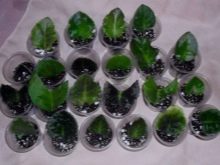
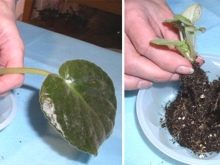
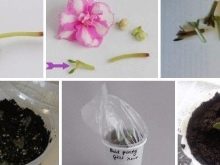
Diseases and pests
Most often, you can see powdery mildew on the violet. If you do not respond in time, the flower will die. When infected, a white bloom appears on the leaves. You can eliminate the problem with fungicides, for example, "Topaz". Downy mildew appears on the upper part of the leaf as brown spots, and on the lower part - in white. The treatment process is similar to the previous one.
Rust is a fungal infection. In this situation, treatment with Baktofit helps well. Root rot is eliminated only by removing all infected roots, then transplanting into new soil and treating the plant with a fungicide.
In terms of pests, the most common species are mites, aphids, mealybugs and thrips. All of them are afraid of acaricides, but if you do not want to use chemistry, you can simply treat the flower with alcohol or vodka solution. You can also sprinkle the plant with onion peel decoction.
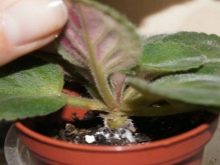
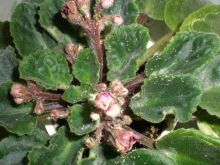
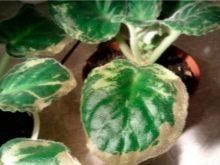
About why the violet does not bloom and how to make it bloom in a bouquet, see the next video.































The comment was sent successfully.